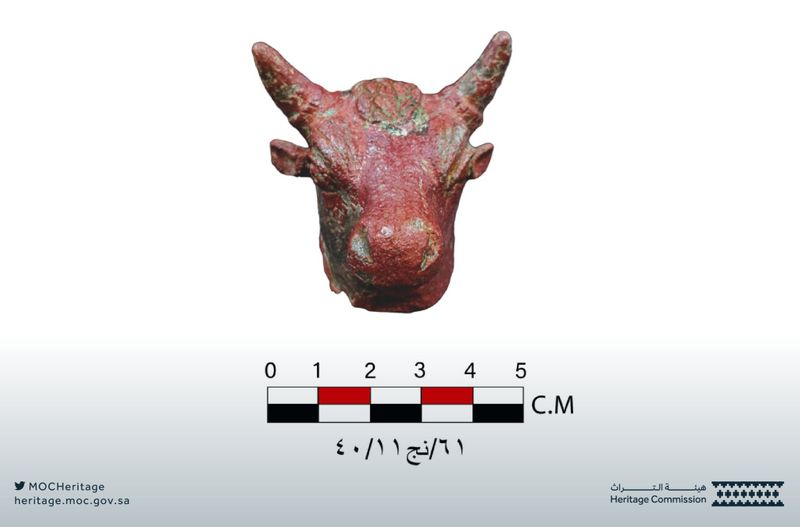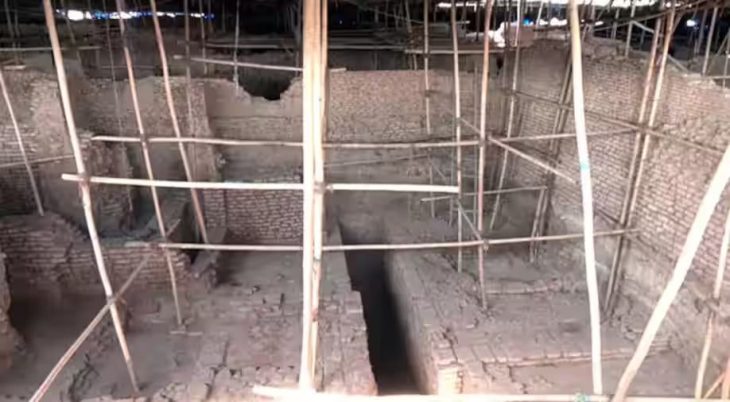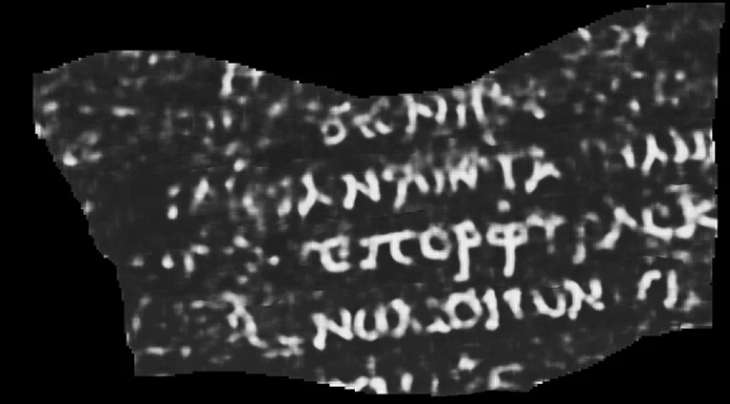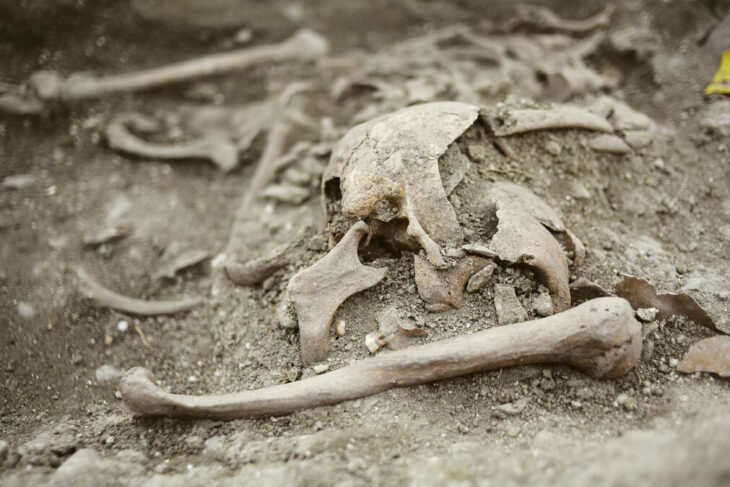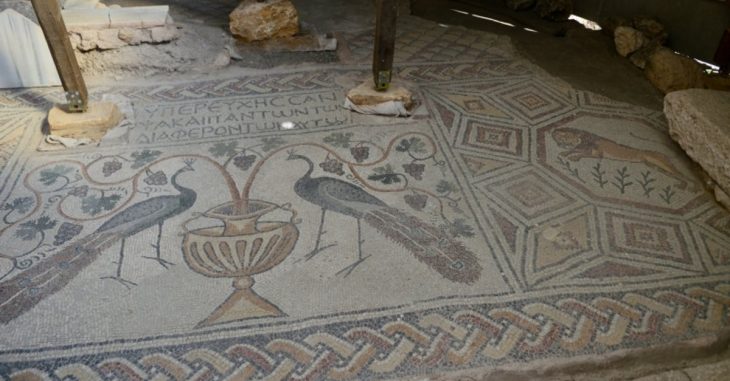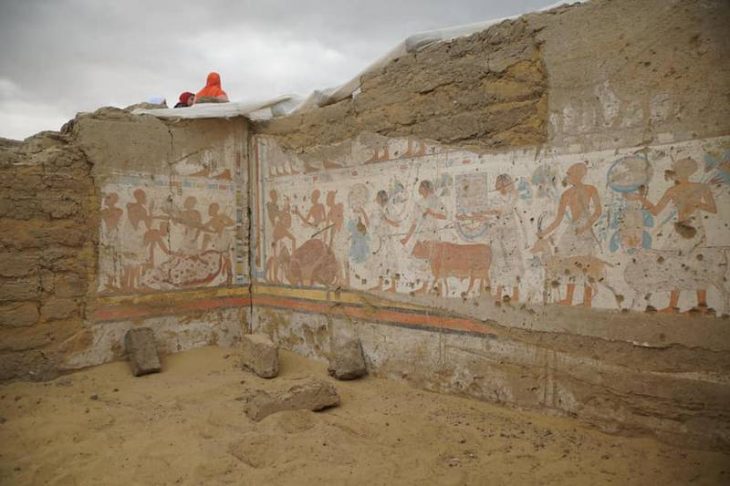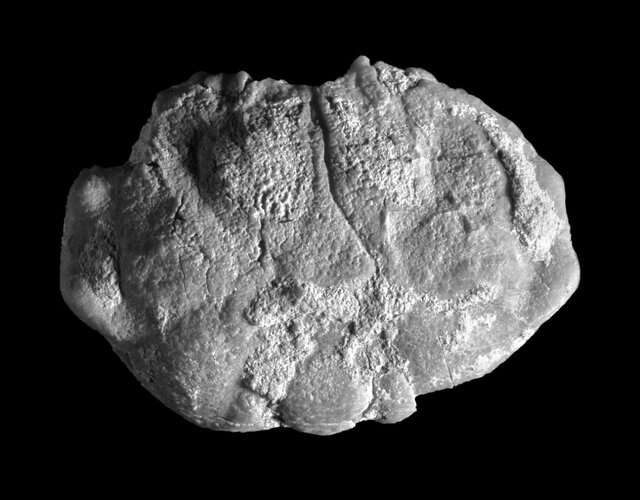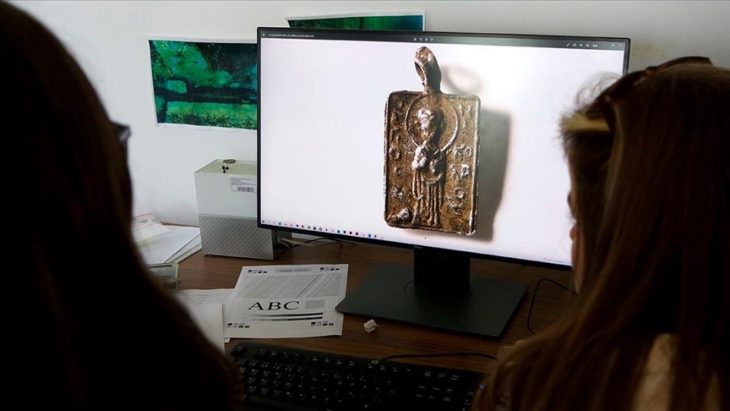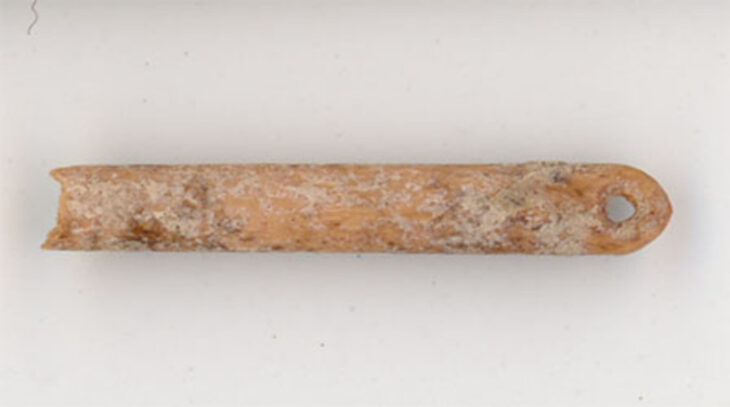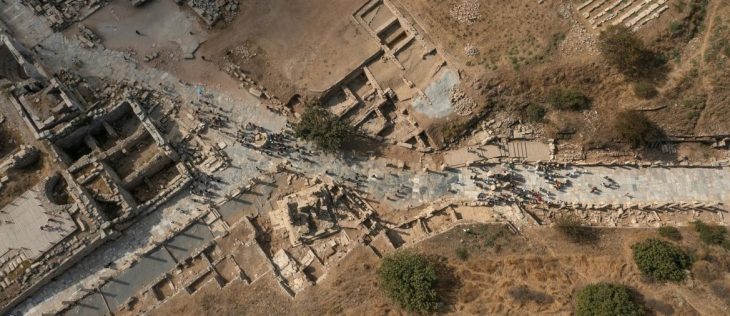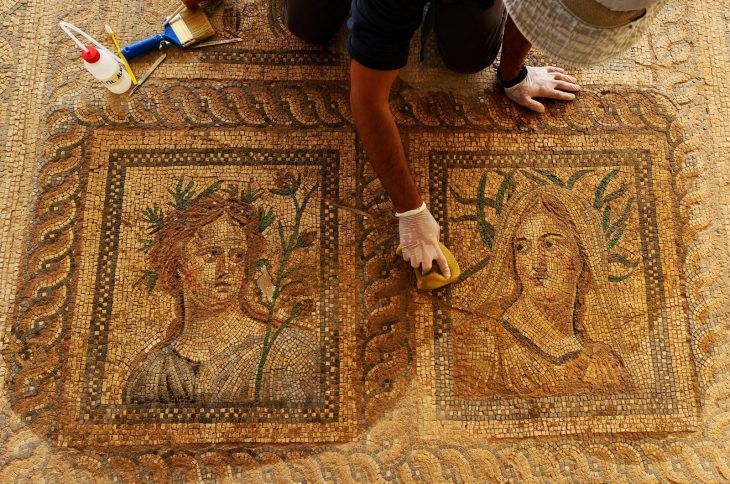Saudi archaeologists have discovered the longest pre-Islamic Musnad inscription -of the ancient south Arabian script- and three gold rings and a bronze bull’s head at the Al Ukhdud excavation site in the Najran region.
The Kingdom’s Heritage Commission announced on its official Twitter account that archaeologists have unearthed pre-Islamic artifacts in a region in southern Saudi Arabia.
The commission stated that the discoveries “shed a unique light on the ancient culture” that was present in southern Saudi Arabia. The commission called the discovery “exciting” and the finds “rare”.
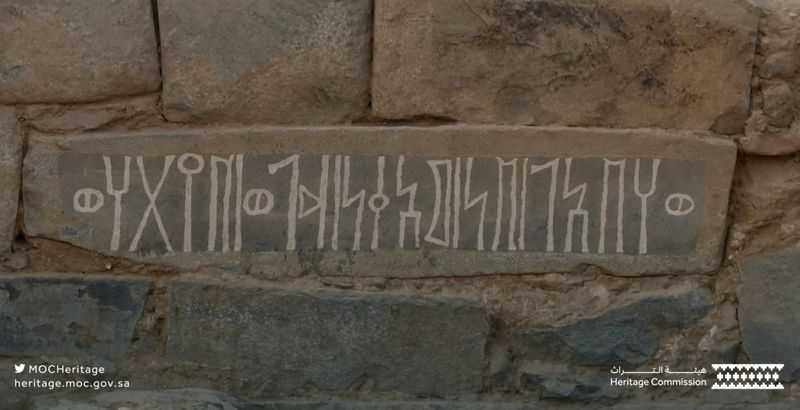
The longest Musnad inscription ever discovered at the location is prominent among the artifacts and measures roughly 230 cm in width and 48 cm in height, according to a statement from the commission.
The artifact belonged to a local named Wahib Eil bin Magan, and the inscription provided a unique description of his job as a water carrier.
Inscribed bronze plaques affixed (Musnad) to the wall of a temple were referred to as ms 3 nd in the first couple of centuries AD in Sabaean and Atabanian inscriptions; by the 5th-6th centuries AD, it had come to refer to inscriptions engraved directly on a rock face. Musnad was a term used in early Islamic times to describe any inscription in the pre-Islamic South Arabian alphabet, the earliest examples of which date back to the first half of the first millennium BC.
According to the statement, also located in the field the three similarly sized rings discovered at the site are each topped with a golden butterfly-shaped lobe and have a small lock connecting their two ends.
Concerning the bull’s head, the commission stated that it was a common feature among the pre-Islamic kingdoms of southern Arabia.
The bull-head represented different rituals in ancient cultures including power, fertility, reproduction, great gods, the symbol of divinity, symbol of wisdom. Also, the unearthed bull’s head, unearthed at Al Ukhdud with traces of oxidation, is being restored, the commission said.
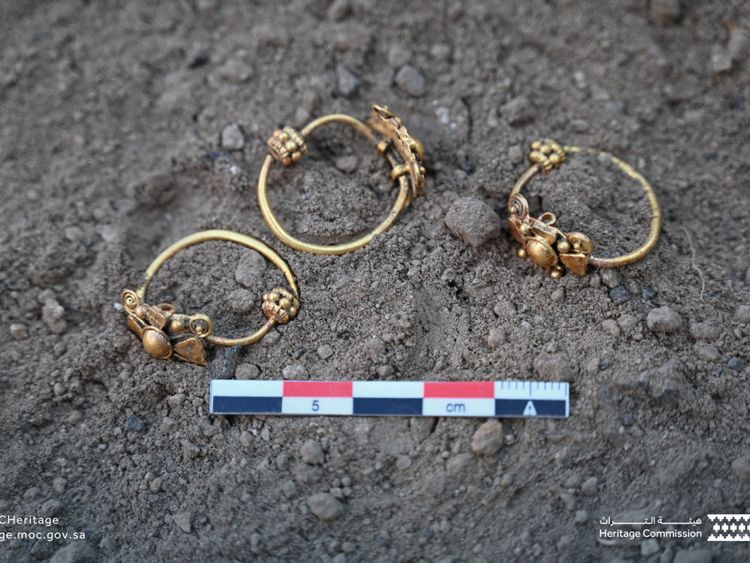
Other pieces found at the site include several pottery jars of various sizes and measurements as well as a pottery pot believed to date back to the third century BC.
Cover Photo: MOC HERİTAGE

